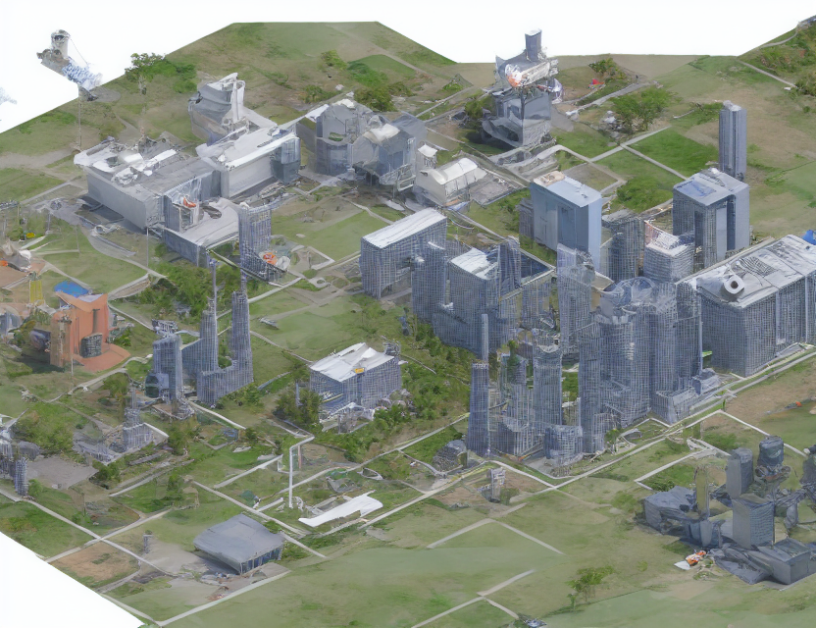In this paper, the authors propose a novel approach to image translation, called Knowledge Distillation (KD), which leverages the knowledge of a large pre-trained model to train a smaller student model. The key idea is to use the output of the large teacher model as a learning target for the student model, effectively transferring its knowledge without requiring a large amount of training data.
The authors propose a comprehensive distillation approach that combines different types of distillation techniques, including feature distillation, view-level distillation, group-level distillation, and prediction-logit distillation. These techniques are designed to transfer the knowledge of the teacher model to the student model in an efficient manner.
Feature distillation involves using the output of the teacher model’s middle layer as a distillation target for the student model’s convolutional layers. This helps the student model learn more robust features that are similar to those of the teacher model. View-level distillation involves using the output of the teacher model’s view layers as a distillation target for the student model’s view layers. This helps the student model learn how to generate views that are similar to those of the teacher model. Group-level distillation involves using the output of the teacher model’s group layers as a distillation target for the student model’s group layers. This helps the student model learn how to generate groups of objects that are similar to those of the teacher model. Prediction-logit distillation involves using the output of the teacher model’s prediction logits as a distillation target for the student model’s prediction logits. This helps the student model learn how to make predictions that are similar to those of the teacher model.
The authors evaluate their proposed method on several benchmark datasets and show that it outperforms existing methods in terms of image quality and efficiency. They also demonstrate the effectiveness of their distillation approach by analyzing the attention weights of the student model and showing that they are able to learn the same attention patterns as the teacher model.
In summary, this paper presents a novel approach to image translation using knowledge distillation, which enables efficient transfer of knowledge from a large pre-trained model to a smaller student model without requiring a large amount of training data. The proposed method combines different types of distillation techniques to transfer the knowledge of the teacher model to the student model in an efficient manner, resulting in improved image quality and efficiency.
Computer Science, Computer Vision and Pattern Recognition
Knowledge Distillation Enhances Training Efficiency in GMViT for 3D Point Cloud Processing



